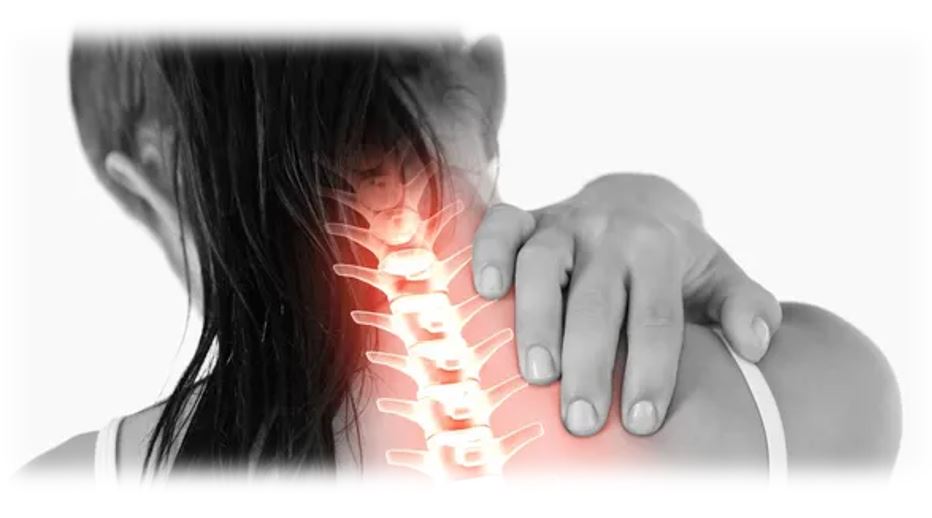Complex Regional Pain Syndrome

What is Complex Regional Pain Syndrome?
Complex Regional Pain Syndrome (CRPS) is a chronic and often debilitating condition. It is characterized by severe and prolonged pain that affects a specific region of the body, typically an arm or a leg. CRPS is also sometimes referred to as Reflex Sympathetic Dystrophy (RSD).
The exact cause of Complex Regional Pain Syndrome is not fully understood. But, it often develops after an injury or trauma to the affected limb. The pain associated with CRPS is disproportionate to the severity of the initial injury. And, it can spread beyond the original site of injury. CRPS may also involve various other symptoms, such as:
- Intense burning or throbbing pain
- Swelling and changes in skin temperature and color (the affected limb may become red or blue)
- Sensitivity to touch or even light touch (allodynia)
- Changes in skin texture or sweating patterns
- Muscle weakness and stiffness
- Limited range of motion
Classification of Complex Regional Pain Syndrome
CRPS is classified into two types: CRPS Type 1 (CRPS-I) and CRPS Type 2 (CRPS-II). The distinction between these two types is based on the presence of nerve injury. CRPS-I occurs without any detectable nerve injury. While CRPS-II is associated with a confirmed nerve injury.
Diagnosis of CRPS can be challenging. It often involves ruling out other potential causes of the symptoms. Treatment may include a combination of medications, physical therapy, nerve blocks, and psychotherapy. Further, early intervention is crucial for better outcomes, as CRPS can become more resistant to treatment if left untreated for an extended period.
How Does Ketamine Work to Treat Complex Regional Pain Syndrome?
Ketamine is a dissociative anesthetic and NMDA receptor antagonist. It is commonly used as an anesthetic agent in medical settings. However, it has also shown promise as a treatment for chronic pain conditions, including CRPS. CRPS is a condition characterized by severe and chronic pain. This pain usually affects one limb. It is believed to involve abnormal activation of the nervous system, including NMDA receptors. These receptors play a role in pain processing and can become overactive in conditions like CRPS. This leads to an amplification of pain signals.
Ketamine's mechanism of action involves blocking NMDA receptors. This helps to modulate the way pain signals are transmitted and processed by the brain. By doing so, ketamine can potentially reduce the hypersensitivity to pain and provide relief for individuals with CRPS.

Ketamine Infusion Treatment Plan for CRPS
Ketamine treatment for CRPS generally requires the administration of multiple IV infusions. This is a case where more ketamine can yield better pain relief and the safest way to infuse more ketamine is by using longer infusion times. Most of our CRPS patients receive four-hour infusions. The hours-long infusion process can be an intense for some. But we always proceed one step at a time with safety being the primary concern.
Some patients elect to try shorter infusion times (one or two hours) and although this can be successful, this may reduce the chance of the treatment providing relief sufficient to justify the time and expense involved. Using ketamine to treat CRPS can be an expensive option as the cost is directly related to the infusion time. Longer infusions are more expensive. Additionally, the treatment should only be performed by qualified healthcare professionals in a controlled environment due to the risks associated with ketamine use.
Caution and Considerations When Using Ketamine Infusion to Treat CRPS
While ketamine shows significant promise in treating chronic pain conditions such as CRPS, it is essential to undergo a thorough screening prior to initiating treatment. Most patients can safely receive ketamine therapy. There are a few medical conditions that might require treatment prior to beginning therapy or stop you from receiving this treatment. For example, uncontrolled hypertension, active substance abuse, pregnancy or unstable cardiac disease may all require treatment prior to receiving ketamine. Ketamine is not a first-line or stand-alone treatment for chronic pain and is intended to be one component of a multimodal treatment regimen.
It is possible for ketamine to be used or abused even though the potential for addiction is extremely low. Close monitoring by qualified medical professionals is crucial during ketamine administration to ensure safety and appropriate dosing.
Conclusion
It's important to note that while ketamine may be beneficial for some individuals with CRPS, it will not work for everyone, and individual responses to the treatment can vary. Additionally, there can be potential side effects and risks associated with ketamine use, so careful consideration and monitoring by healthcare providers are necessary throughout the treatment process. If you have tried other forms of treatment and not found the relief you are looking for, ketamine infusions may be an excellent option for you.
